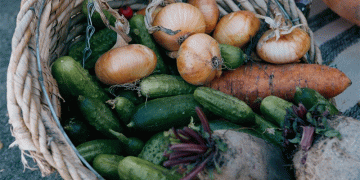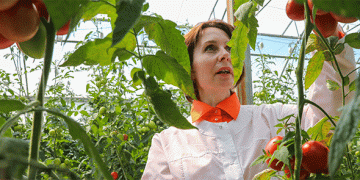Spain, a powerhouse in orange production, is recovering from recent storms that severely disrupted its orange harvest. The effects of these weather events are still evident, with large-caliber oranges—the preferred size for fresh consumption—remaining in limited supply across European markets.
Although harvest activities have resumed in affected areas and transportation routes have been cleared, the normalization of supply chains has been gradual. This lag has compelled European retailers to adapt, with German supermarkets reducing their focus on orange promotions this winter compared to previous years.
Supply Challenges and Market Adjustments
The combination of storm-related disruptions and ongoing recovery efforts has created gaps in the orange supply chain. Key points include:
- Large-Caliber Shortages: Demand for larger oranges remains unmet, particularly in Central and Northern Europe, where these sizes are favored for fresh consumption.
- Alternative Sourcing: Wholesale markets are increasingly relying on South African oranges, valued for their consistent quality and shelf life, to fill the supply gap.
- Retail Impact: German retailers have maintained regular imports of Spanish oranges but are cautious about stock levels. Promotional intensity has decreased compared to the same period last year, with a focus on smaller-scale advertising.
Consumer Behavior and Pricing Trends
Consumer demand for oranges has been tepid, partially influenced by the unusually mild winter weather across Europe. This has led to reduced seasonal enthusiasm for citrus fruits.
- Promotional Prices: Despite supply constraints, promotional prices in German retail remain steady at €1.99 per kilogram in week 48, aligning with prior weeks.
- Advertising Trends: Advertising efforts for oranges have increased recently but remain below last year’s levels, reflecting the narrower supply.
Resilience in the Face of Challenges
The orange supply chain’s response to disruptions underscores the importance of diversified sourcing and efficient logistics. The reliance on South African imports and the cautious promotional strategies in European markets highlight how retailers and producers are navigating uncertain conditions.
Spain’s recent weather disruptions serve as a reminder of the vulnerabilities in global fruit supply chains. While recovery is underway, the lingering effects on orange availability illustrate the challenges of balancing supply and demand amid climatic uncertainties. Building resilient agricultural systems and exploring alternative sourcing will be critical to maintaining stability in fruit markets during future disruptions.
































